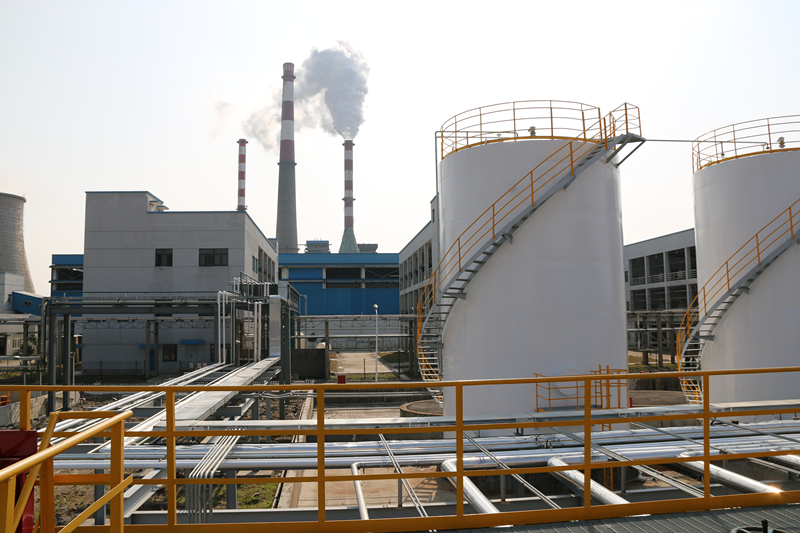What are Cement Grinding Aids?
Cement grinding aids are chemical additives used in cement production to improve the grinding process and enhance the performance of cement. These additives are introduced directly into the grinding mill during the cement grinding process. Grinding aids improve the efficiency of the grinding process by reducing the surface tension between the clinker and balls/mill wall to increase number of fractures in the clinker particles. This leads to enhanced production, decreased energy consumption and improved cement performance.
Common Types of Grinding Aids
There are different types of grinding aids used by cement producers depending on product specifications and mill operation factors. Some commonly used grinding aids include:
- Glycol-based grinding aids: Glycols like ethylene glycol and diethylene glycol are versatile grinding aids that reduce friction and surface tension during grinding. They improve grinding efficiency and allow for finer particle sizing.
- Polycarboxylate ether (PCE) based aids: PCE polymers act as effective water reducing and plasticizing agents. They significantly boost cement flowability and strength.
- Lignosulfonate grinding aids: Derived from sulfite pulping process, these lignin byproducts aid fine milling and produce flowing cement with higher early strengths.
- Amine-based grinding aids: Amines like triethylene tetramine (TETA) accelerate hydration reactions and provide benefits like thinner cement particle morphology and enhanced flow properties.
How Grinding Aids Improve Cement Grinding Performance
Cement Grinding Aids impact the grinding process through various mechanisms like:
- Reduction of surface tension: By lowering particle-particle cohesive forces, grinding aids allow balls/mill wall and clinker particles to fracture more easily under pressure.
- Preventing aluminum sulfate hydration: Some aids neutralize aluminum sulfate formed during grinding, reducing setting times of cement.
- Improving particle separation: Finer and more uniform particle sizes achieved due to better separation of cleavage faces during grinding.
- Enhancing packing density: Higher packing efficiency of cement particles leads to reduced water demand and thicker paste density.
- Plasticizing effect: Grinding aids act as plasticizers to make cement appear drier by reducing electrostatic charge on particles' surface. This results in improved flowability and handling properties for cement.
Explore more information on this topic, Please visit-
https://www.pressreleasebulletin.com/cement-grinding-aids-market-size-and-share-analysis-growth-trends-and-forecasts/



